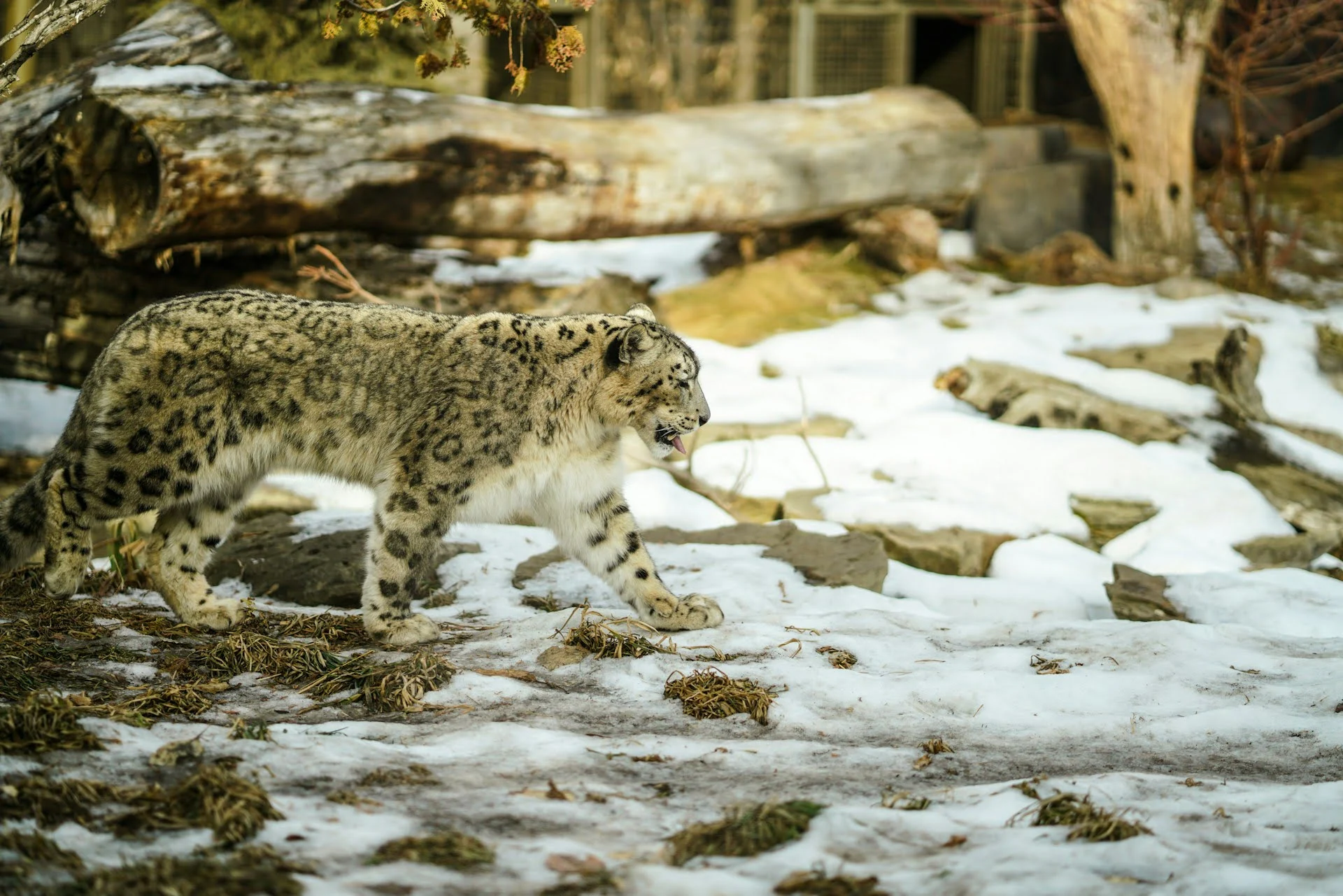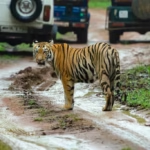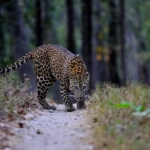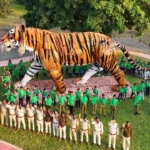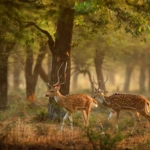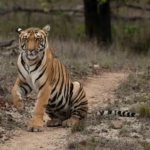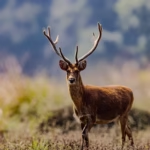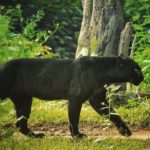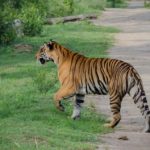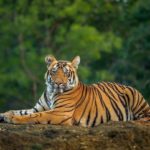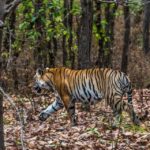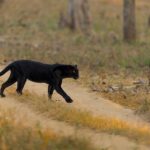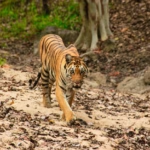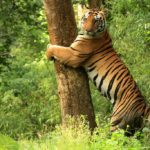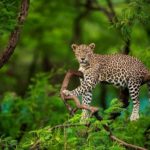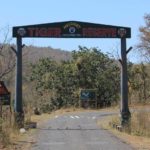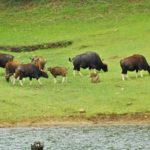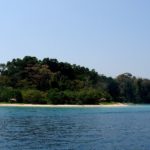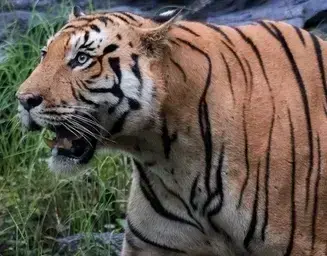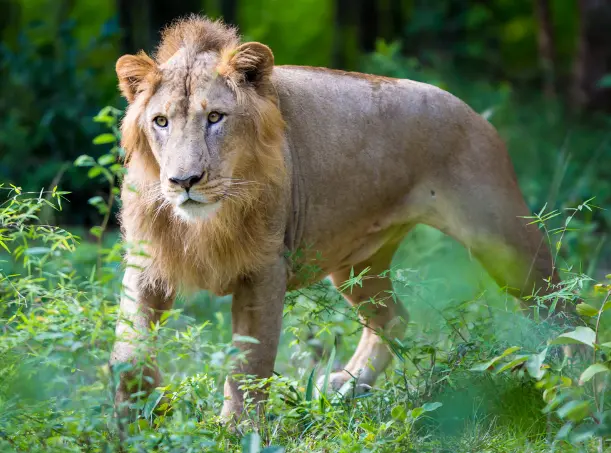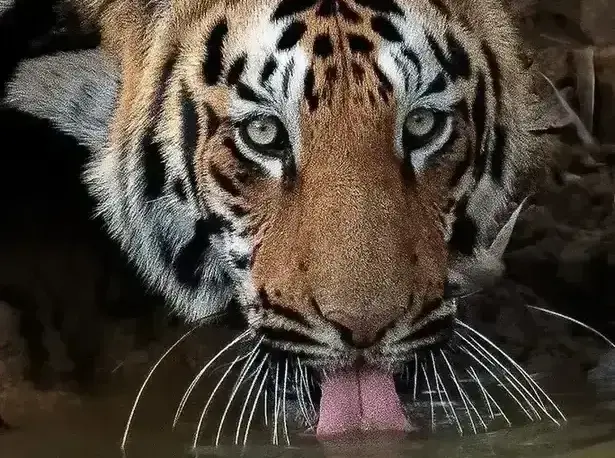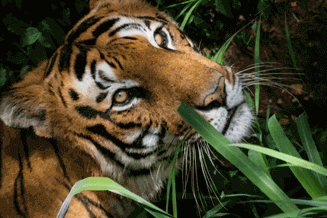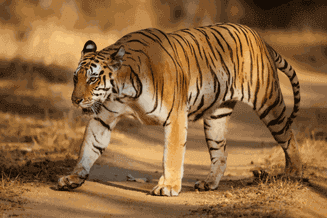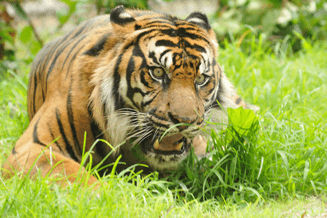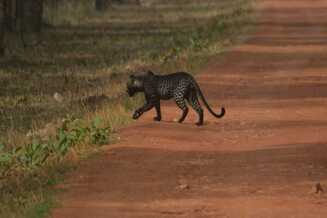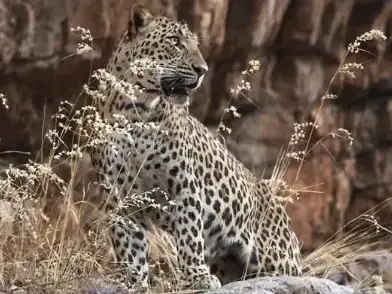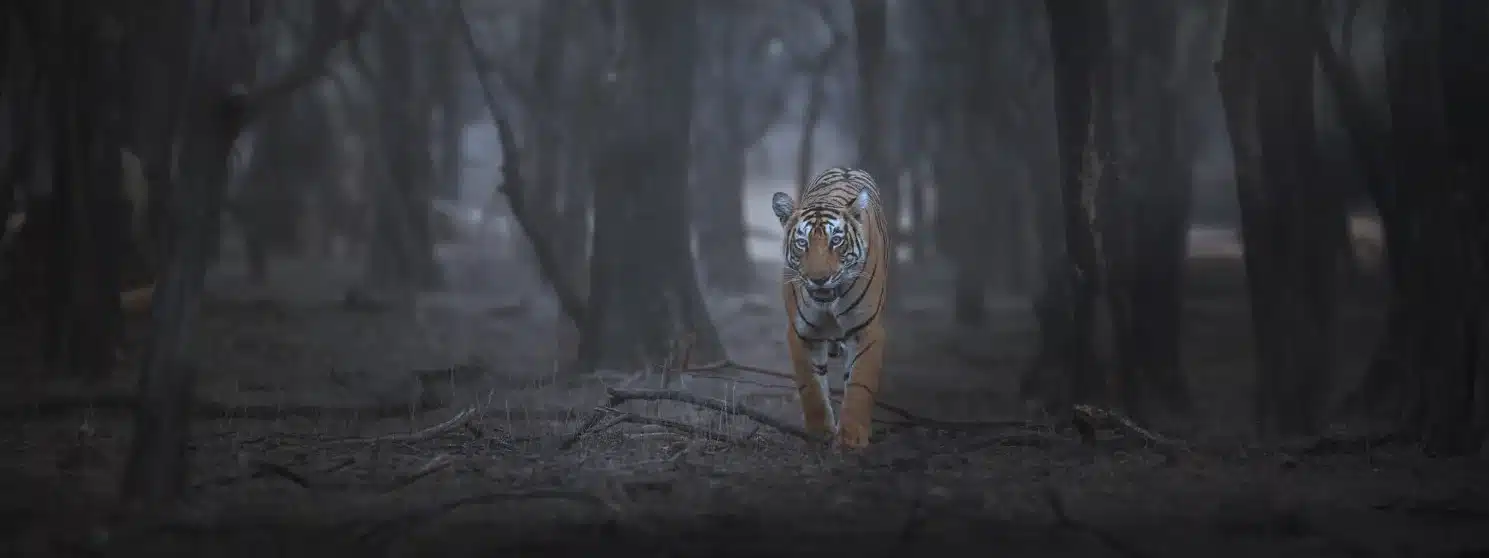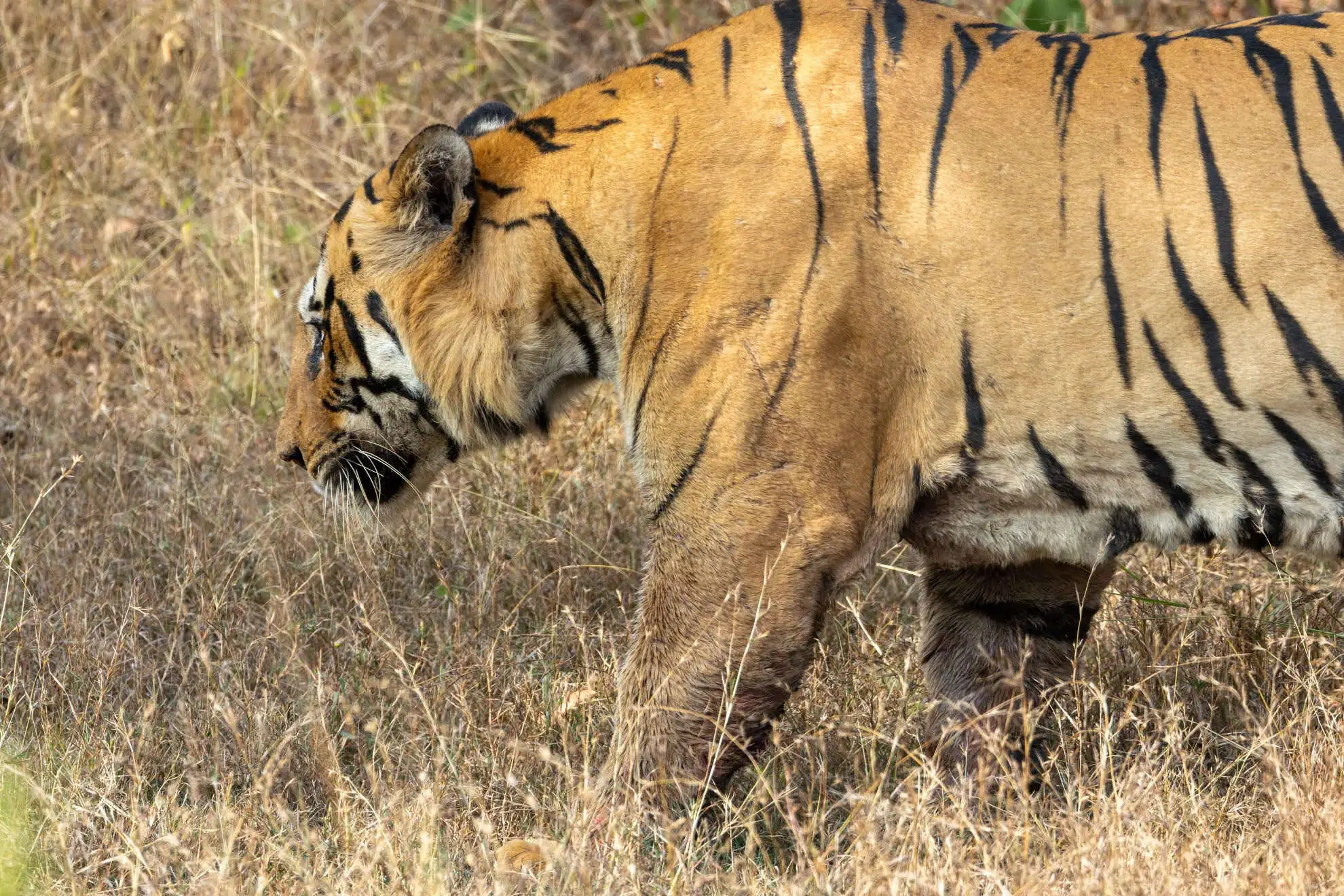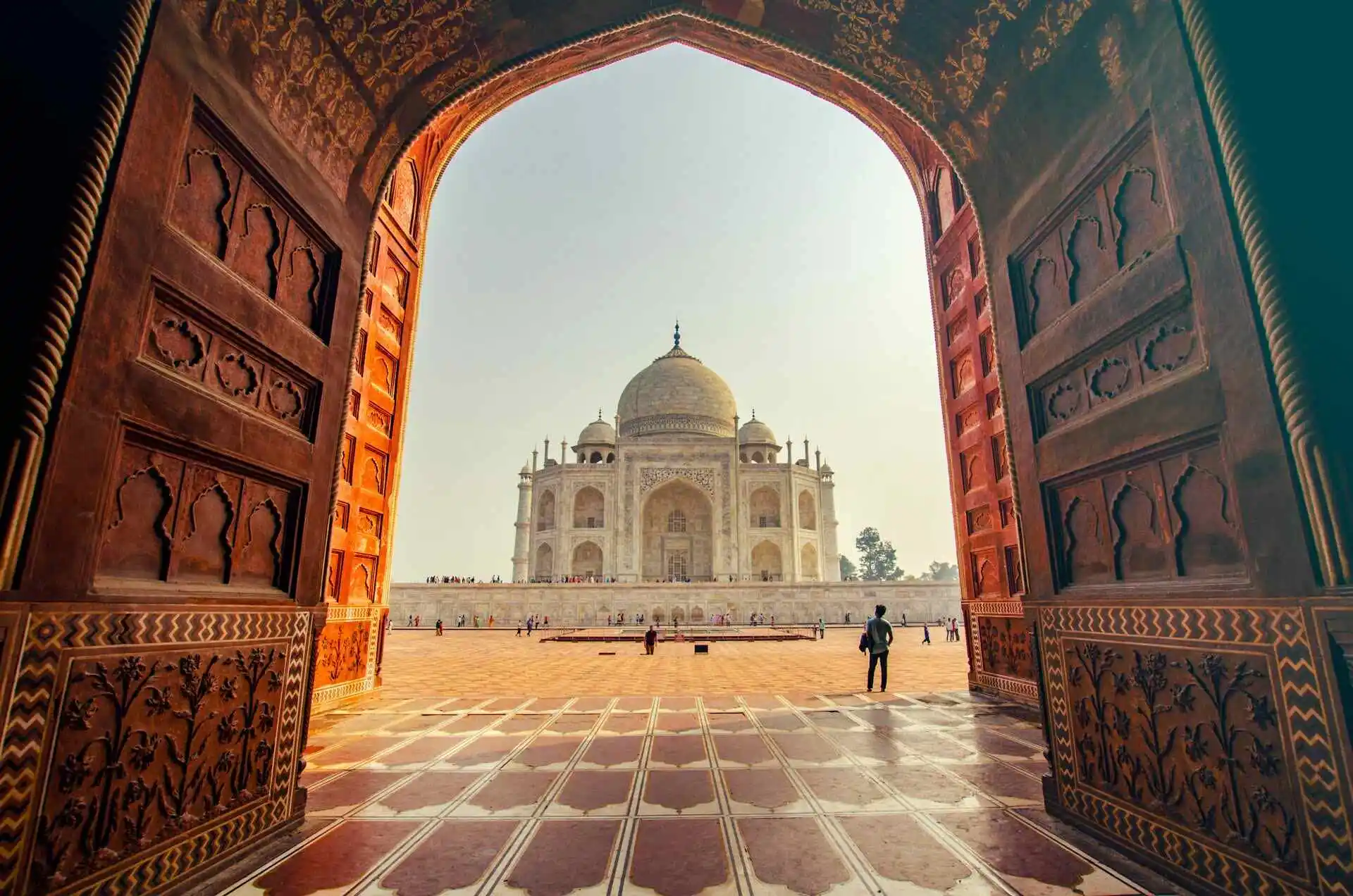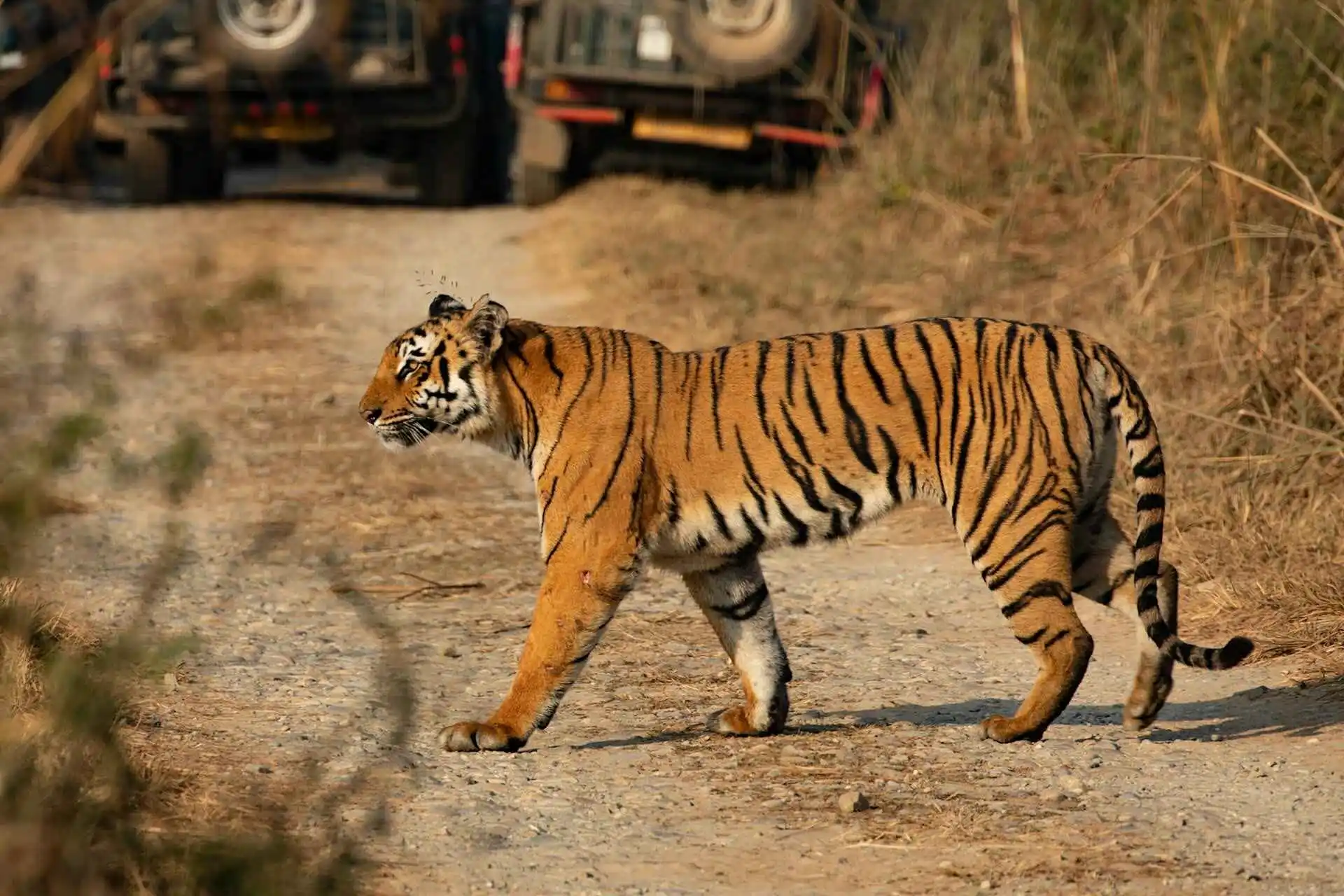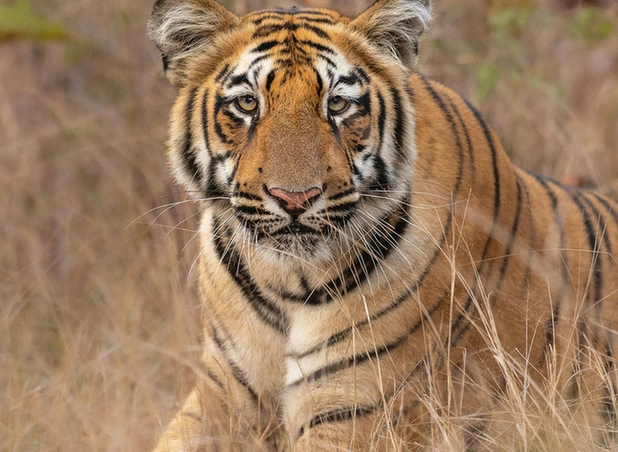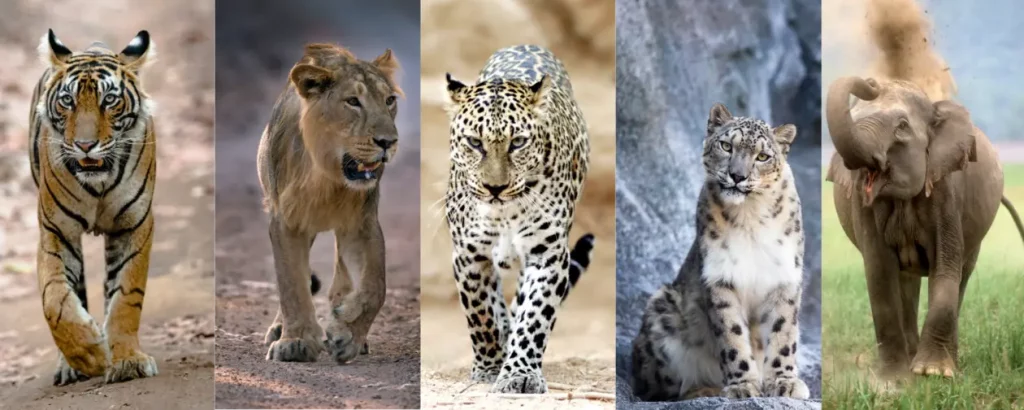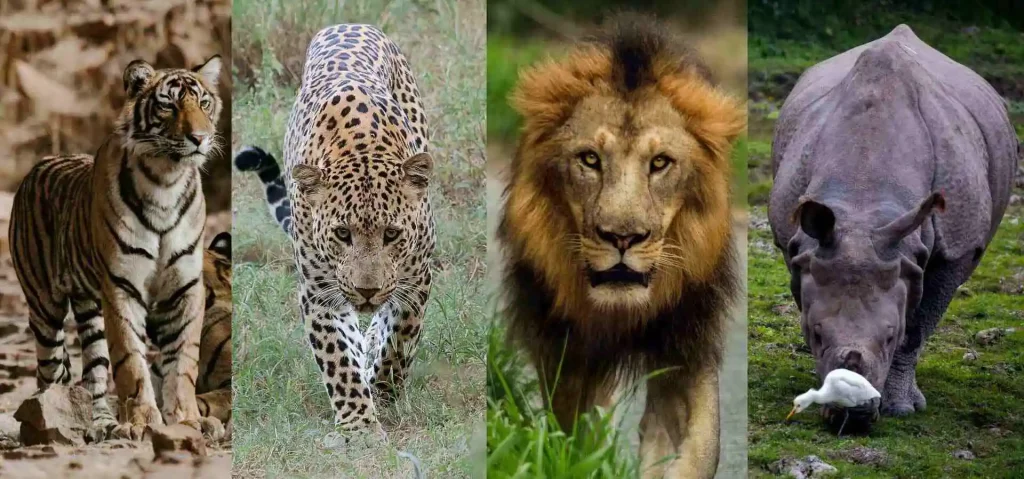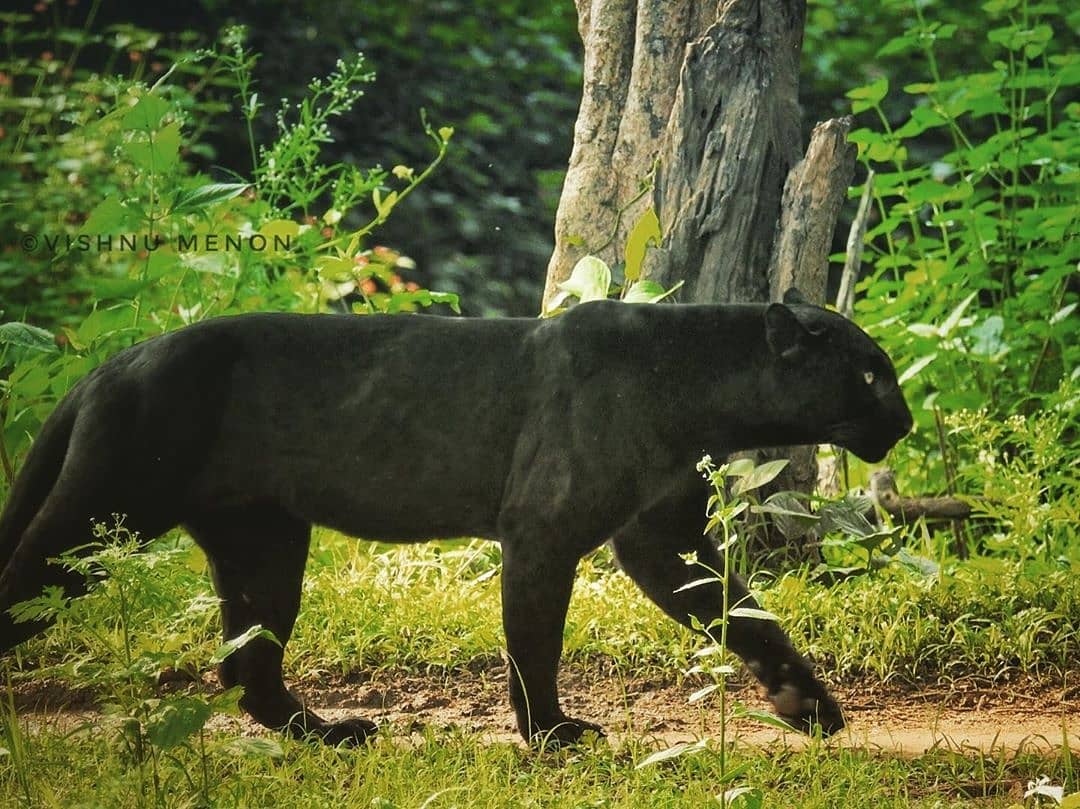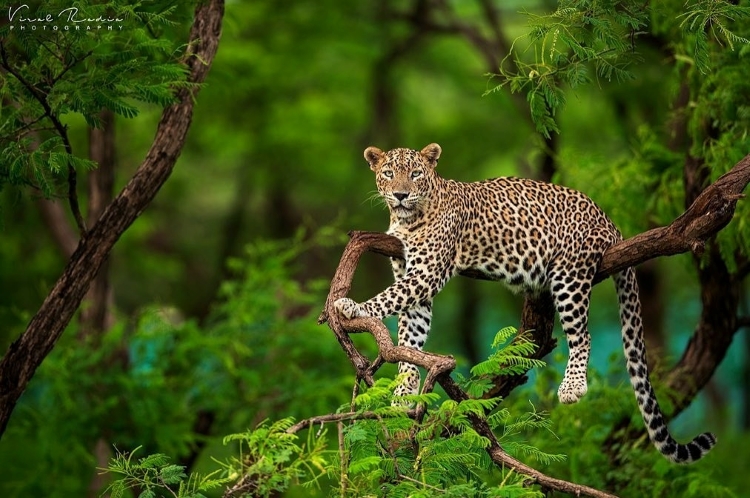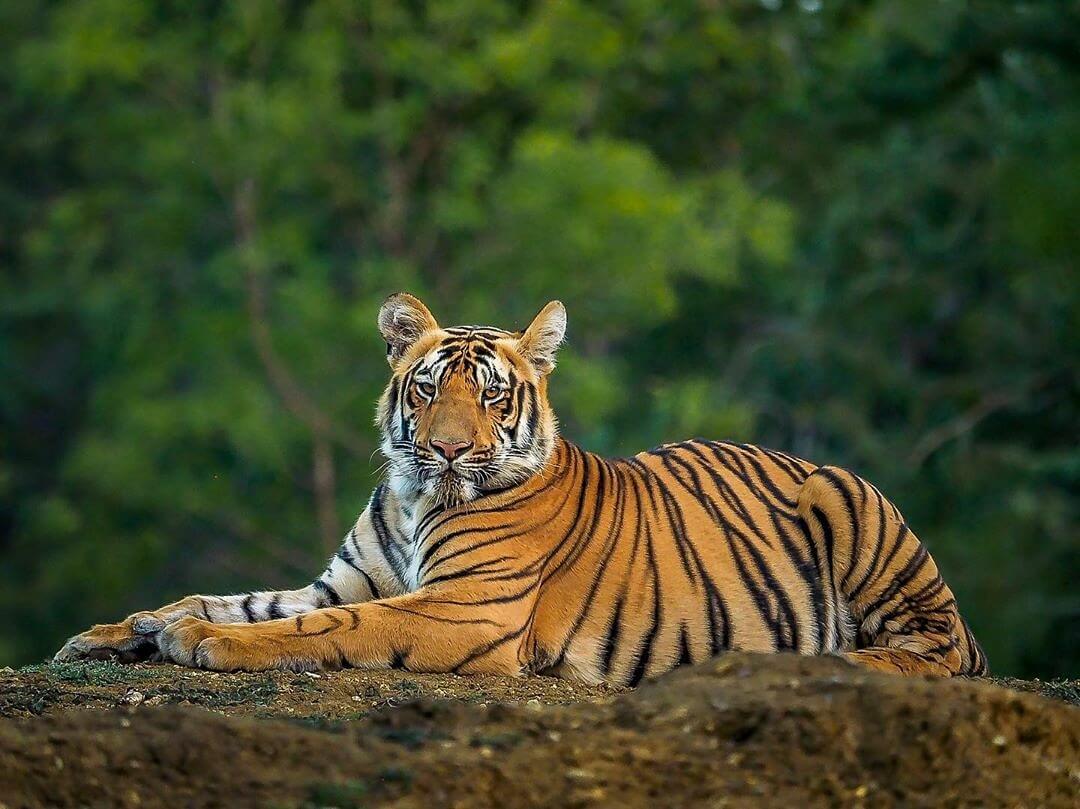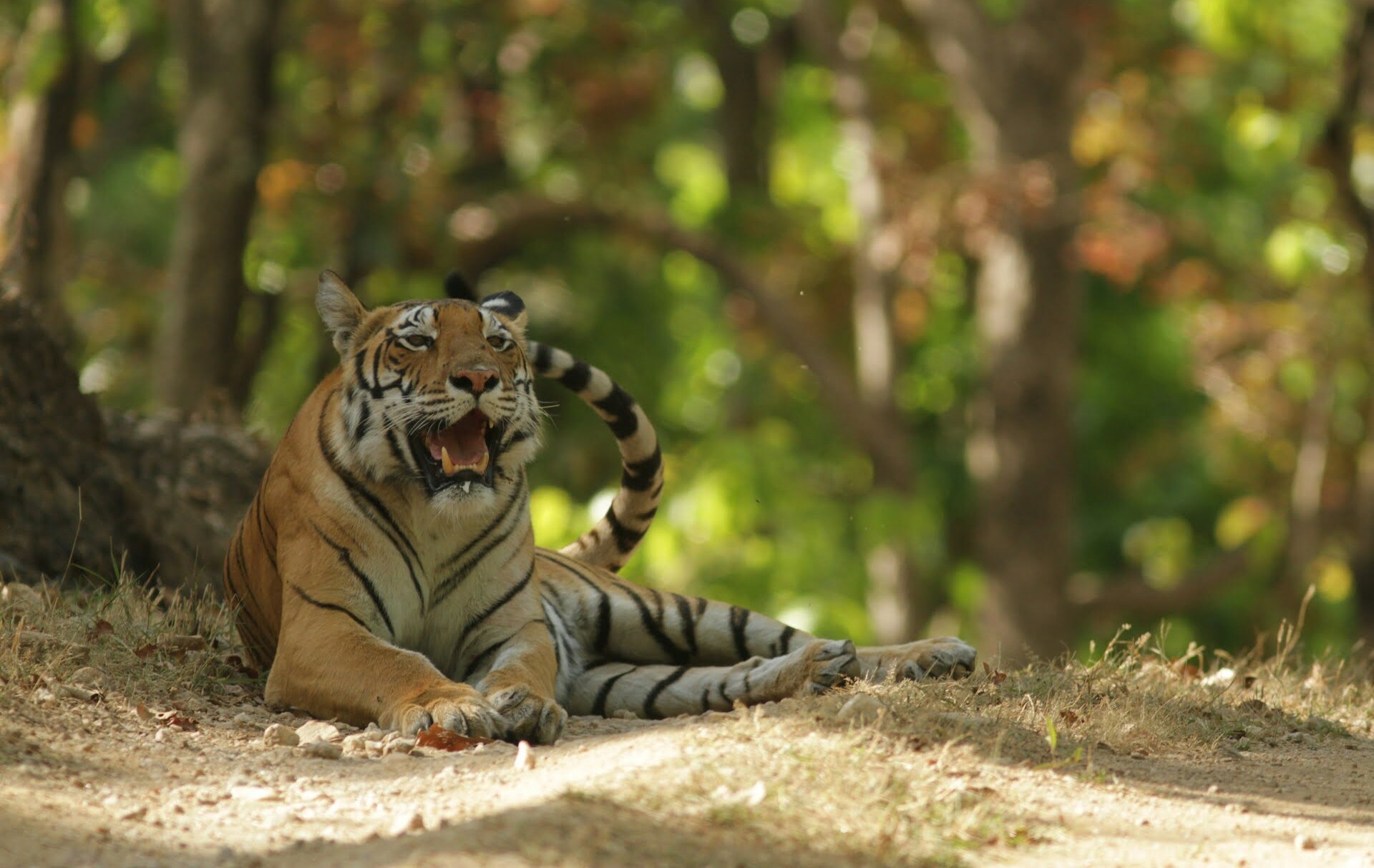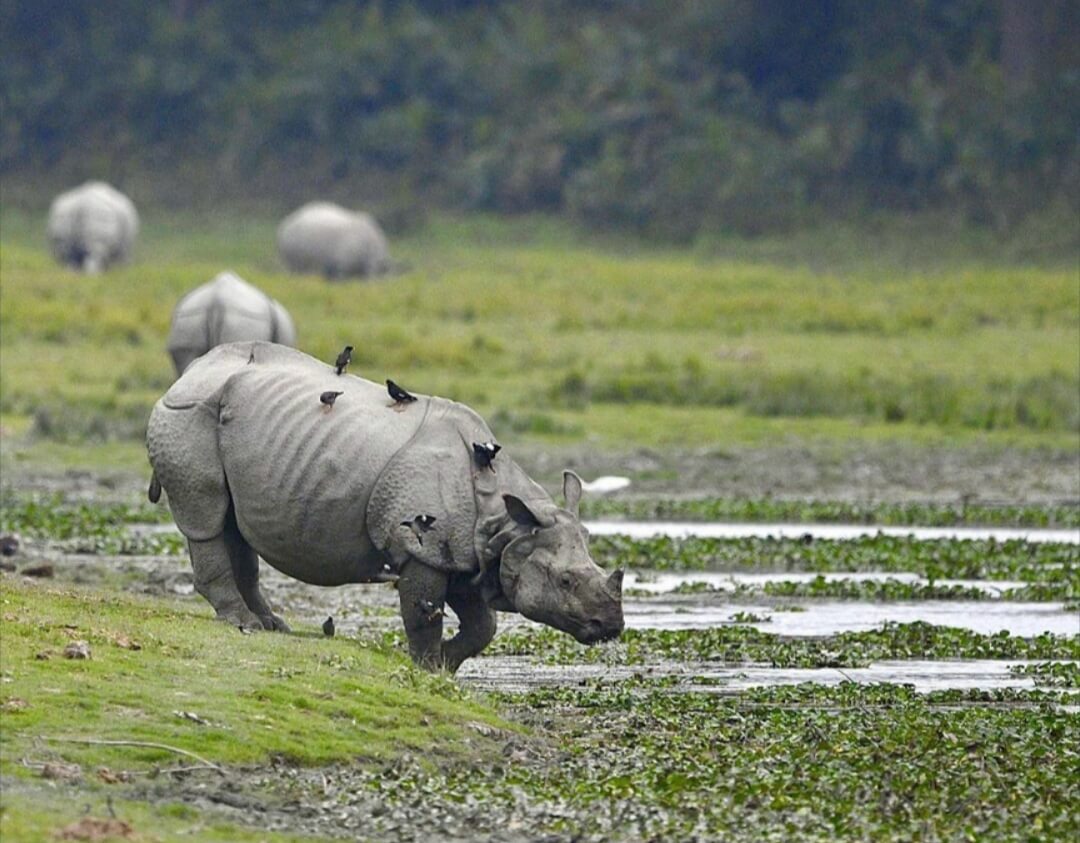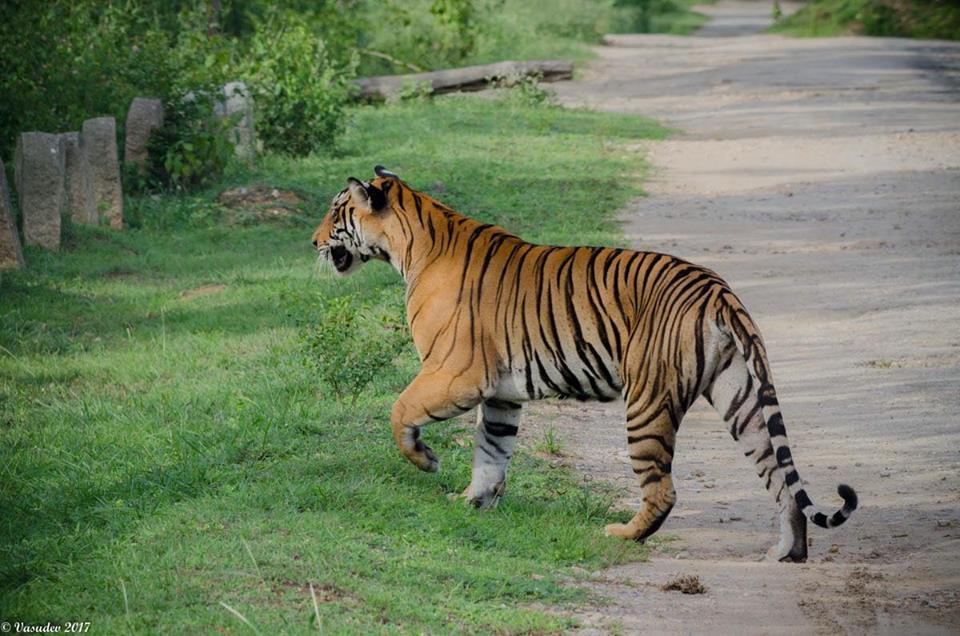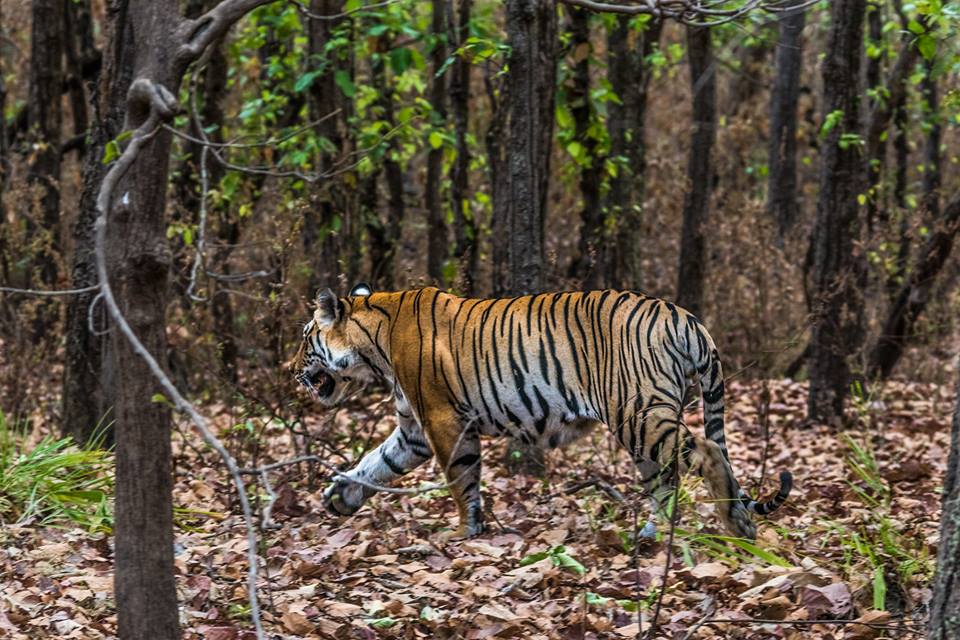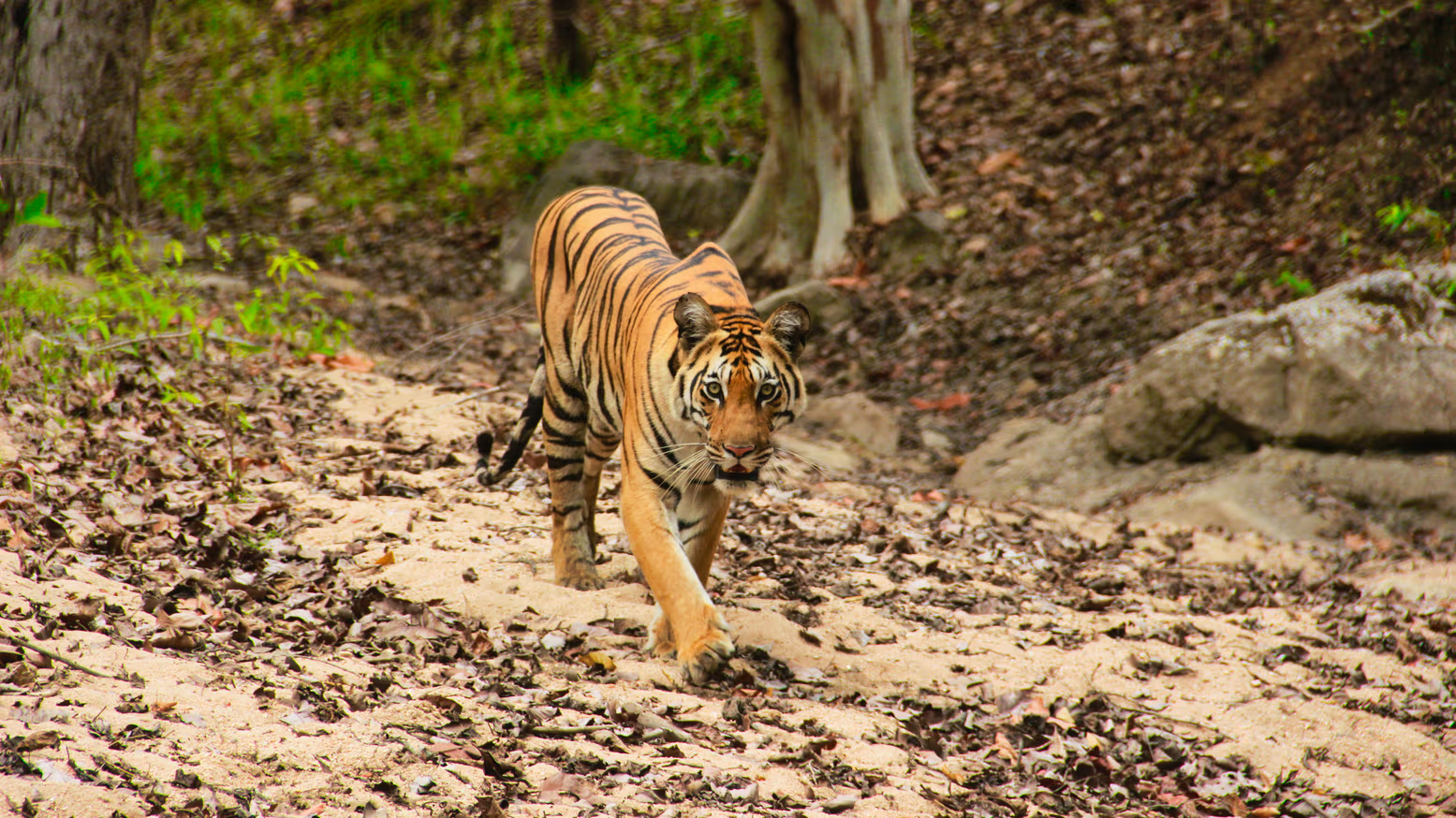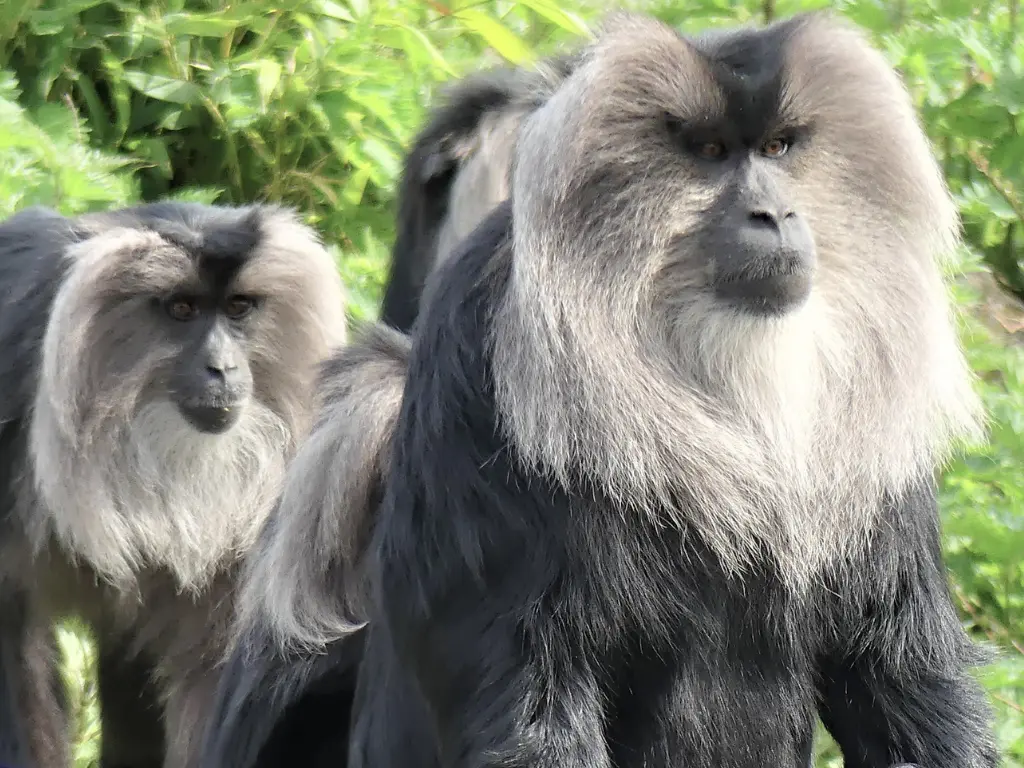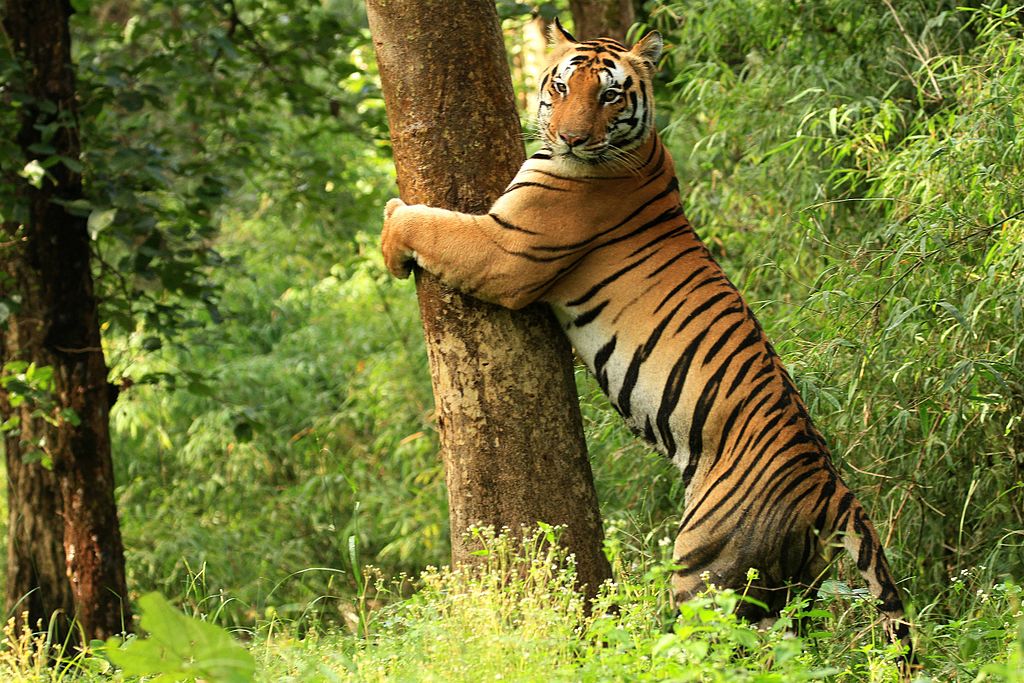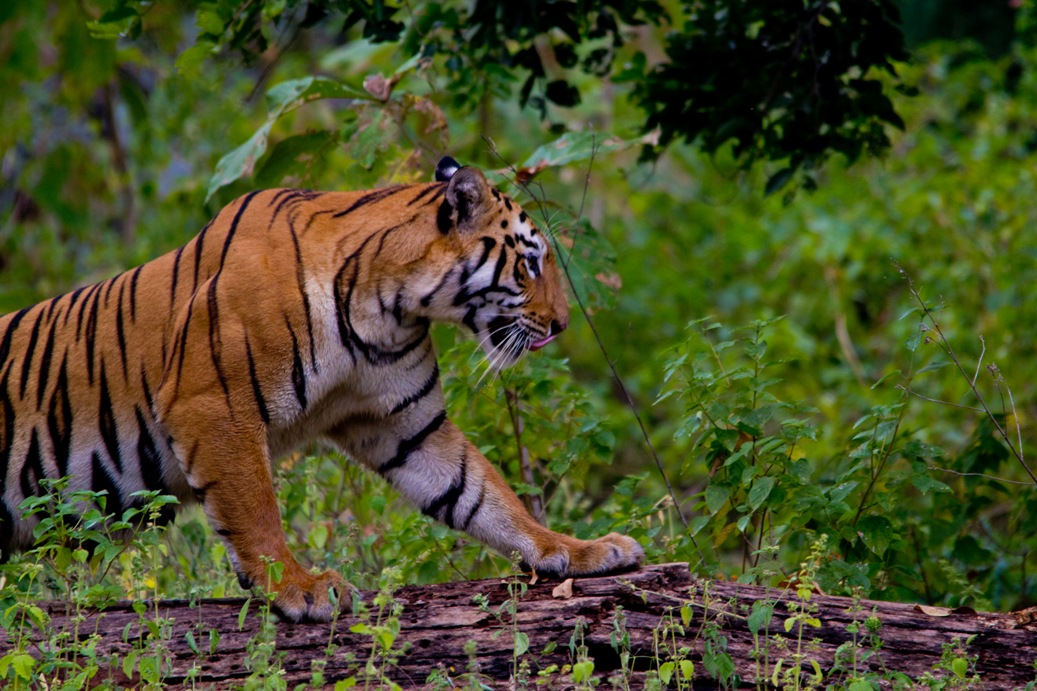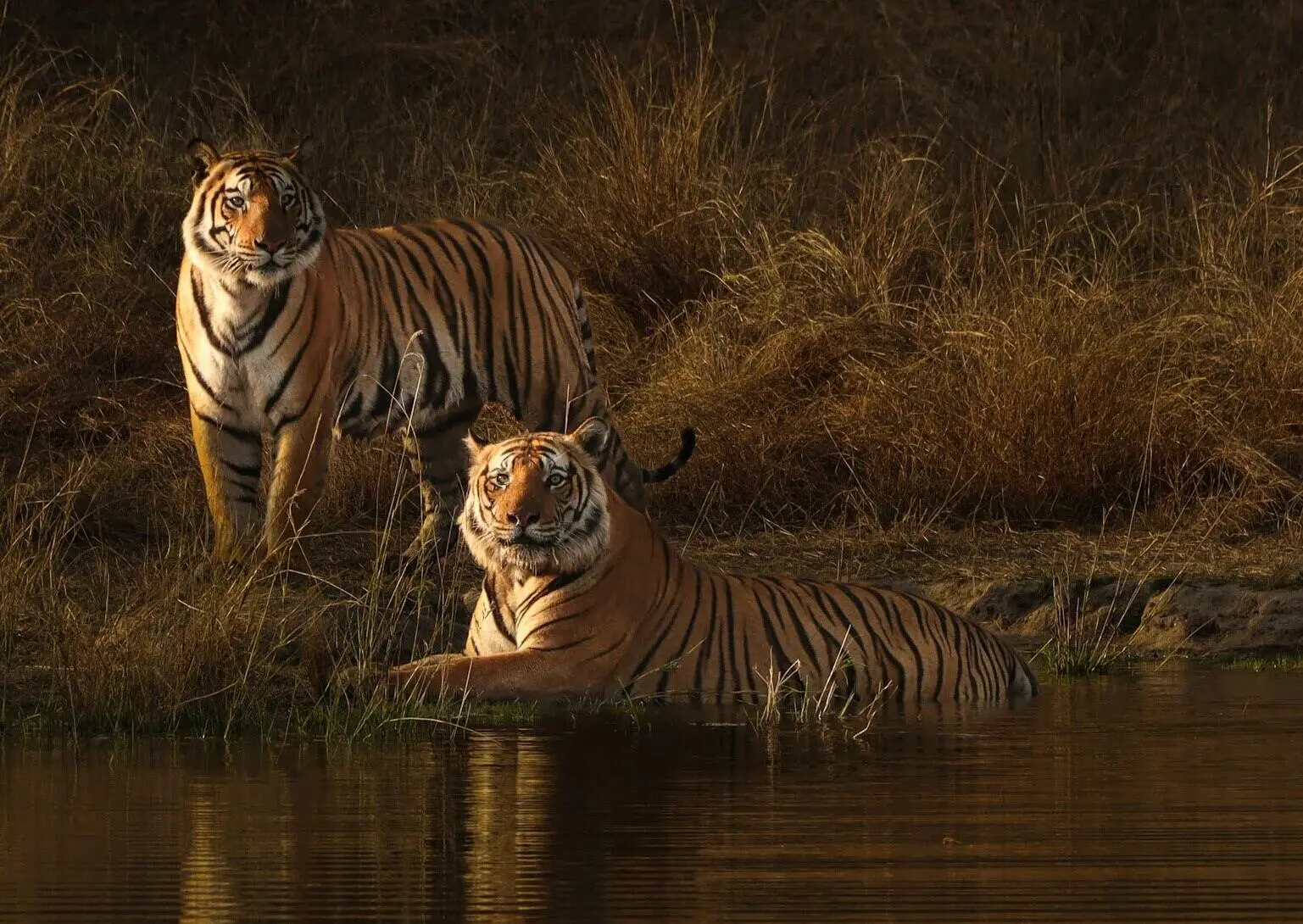What is the Snow Leopard Expedition?
A snow leopard expedition is a guided trip exclusively designed to enhance your chances of seeing a snow leopard in its natural habitat. These expeditions typically take place in the high-altitude regions of Central Asia, particularly in the Himalayas, where snow leopards are found.
Popular destinations for snow leopard expeditions in India include, Ladakh and Spiti Valley in India
Introduction
The mysterious snow leopard is a majestic creature that resides in the Indian Himalayas. If you are looking for an adventure to see this rare cat in its natural habitat, then a snow leopard expedition in India is the perfect trip for you. If you are looking to elevate your photography skills, get a deeper perspective of the history and culture of these regions, explore the winter wilderness, or just want to travel with naturalists, this could be the expedition for you.
Things to keep in mind before the journey
The best time to go is during the winter months, from December to February. This is when the snow leopards are most active and come down from the higher altitudes for food. Snow leopard expeditions can be expensive, so be prepared to spend a few thousand dollars on a trip which include flights, car journeys, stay, food, permits and safaris. The accommodations in these remote areas are basic, including several homestays and lodges located in the sanctuaries and valleys.
The treks can be challenging, and the altitude may be difficult to adjust to so you must be in good physical condition to endure this journey. It is a chance for adventure and a challenge that pushes you outside your comfort zone. These expeditions primarily involve trekking, jeep safaris and camping in remote locations for extended periods of time. Camouflaged observation is a crucial aspect of snow leopard expeditions. It requires you to spend time in strategically positioned hides or blinds to increase your chances of observing snow leopards.
Best places in India for a snow leopard expedition
There are two main regions in India where snow leopards are known to be found Ladakh and Spiti.
Ladakh
Hemis National Park
This park is located in the eastern Ladakh region of India. It is believed to have the highest density of snow leopards, as well as other high-altitude animals within a protected and accessible area. This Park has the highest chances of spotting the rare cat because of their high concentration in this area. A permit for the expedition can be obtained from the office park in Leh.
Rumbak Valley
This is a remote valley located within Hemis National Park and is a renowned place to see snow leopards, and other wildlife like red foxes Tibetan wolves, argali sheep, and Himalayan marmots and golden eagles.
Spiti
Spiti Valley
Spiti Valley itself is a breathtaking destination, with snow-capped mountains, deep valleys, and colorful monasteries. Some other species spotted in Spiti Valley include blue sheep, Lammergeyer vulture, Himalayan Ibex, and more. While there’s a small chance of seeing a snow leopard anywhere in the valley, Kibber Wildlife Sanctuary in Spiti Valley is the best bet to explore this possibility. If you’re ready for an unforgettable adventure, check out Spiti Valley Tour and get one step closer to witnessing the elusive snow leopard.
Kibber Wildlife Sanctuary
This sanctuary is another great place to spot this endangered cat. It is a high-altitude protected area located in the Spiti Valley, Himachal Pradesh. It is situated at an elevation of 3,600 to 6,800 meters (11,800 to 22,300 ft) above sea level and is known for its diverse and unique wildlife. Though the winter season is ideal for sighting, the weather conditions can be harsh, and snowfall may block accessibility. Immersing in this culturally rich wildlife viewing experience makes it worth it.
Chicham Village
Chicham in Spiti Valley is a high-altitude destination with rugged mountains, deep valleys, and stunning Himalayan views. It is one of the best places to track the elusive snow leopard, guided by expert local trackers. Besides snow leopards, visitors may spot blue sheep, Lammergeyer vultures, Himalayan ibex, and other unique high-altitude wildlife. Winter is the ideal season for sightings, though harsh conditions and occasional snowfall can limit accessibility. Immersing yourself in this remote landscape offers a rare combination of wildlife adventure and cultural experience.
Pro tips of doing a snow leopard expedition in India
- See a Rare and Magnificent Creature: Endangered Snow leopards’ crucial habitat is India, and this expedition is an incredible opportunity to witness their beauty and grace firsthand.
- Experience the Stunning Himalayas: The expeditions take place in the breathtaking Indian Himalayas, offering stunning scenery of snow-capped peaks, rugged landscapes, and remote valleys.
- Support Conservation Efforts: Responsible expedition companies contribute to snow leopard conservation efforts. Your participation can help fund research, anti-poaching patrols, and community development projects that protect these amazing cats.
There are two main regions in India where snow leopards are known to be found: Ladakh and Spiti. Places in Ladakh for snow leopard expedition include Hemis National Park, Rumbak Valley and Ulley Valley. In Spiti: Spiti Valley and Kibber Wildlife Sanctuary are renowned.
Kibber vs Ulley
| Parameters | Kibber Wildlife Sanctuary | Ulley Valley |
|---|---|---|
| Location | Kibber Wildlife Sanctuary is situated in the Spiti Valley of Himachal Pradesh, India. | Nestled in Ladakh, another northern Indian region bordering Tibet is where Ulley valley is located. |
| Wildlife | Animals like Himalayan marmots, pikas, Tibetan wolves, snow leopards, birds like lammergeyers and choughs may be spotted here. | Typically, there is a possibility of sighting wildlife like blue sheep, snow leopards, Himalayan tahr, red foxes, and birds like Himalayan griffons and golden eagles. |
| Accessibility / Travel Options | The ideal and fastest way to get to Kibber is by taking a flight to Chandigarh and then reaching Kibber by a multi-day but scenic drive. | You can reach Uley by flying into Leh, followed by a drive to Uley. |
| Acclimatization and Recommended trip duration | A snow leopard expedition here should be around 8–10 days.
Taking a pit stop at Kaza before heading to Kibber is recommended for acclimatization. |
A trip to Uley ideally should by for 10-12 days.
A stay at Leh is a must to get the body acclimatized before reaching Uley. |
| Accommodation/ Stay Options | Homestays are the primary form of accommodation in Kibber offering a chance to experience local culture. | Homestays are also available in Uley, but some expeditions might offer tented camps for a more immersive experience in the remote wilderness. |
| Tourism | Kibber sees a moderate amount of tourism, but it remains a relatively secluded village. | Uley is even less developed than Kibber and experiences minimal tourism. |
| Pricing Difference | Given its higher altitude and remoteness, a trip to Kibber might be slightly more expensive than Uley. | Snow leopard expeditions are expensive and cost few thousands of dollars though there may be a slight decrease in the price of a trip to Uley. |
Location
Kibber- Kibber Wildlife Sanctuary is situated in the Spiti Valley of Himachal Pradesh, India. It is a popular area for snow leopard sightings during winter.
It is reputed for its cold desert landscape so expect barren mountains, scarce vegetation, and possibly more rocky terrain compared to Uley. Kibber itself is situated at a high altitude (around 4200 meters), thus you should be prepared for steep climbs and potential snow during winter expeditions.
Uley- Nestled in Ladakh, another northern Indian region bordering Tibet is the Ulley Valley. Uley valley sits amidst three interconnected valleys – Saspol, Shukpachan, and Hemis that are known for their snow leopard population.
Due to this structure, there is more variety in the terrain compared to the open valley around Kibber. It is known for the high-altitude deserts and mountains, but it also has some areas with glaciers and potentially more permanent snow cover than Kibber.
Travel Options
Kibber- Getting to Kibber involves a scenic but multi-day drive from Chandigarh, often with stops at various Spiti Valley locations.
While the roads can be challenging, the journey itself is considered an adventure. You can take a flight to Chandigarh but to reach Kibber, airplane is not an option.
Uley – Uley can be reached by flying into Leh, capital of Ladakh and is the fastest way. However, from Leh, you will need to undertake a road trip to Uley by hiring a cab or jeep. The journey can take several hours depending on the specific location of your expedition within the three valleys and a minimum of 3-4 hours.
Flights offer a quicker way to get to Ladakh, but you will miss the experience of the picturesque Spiti Valley drive. The fastest way to reach Uley is to fly into Leh. Several airlines operate regular flights to Leh from major Indian cities like Delhi and Chandigarh.
Acclimatization and Recommended Trip Duration
Acclimatization is the process of allowing your body to adjust to the physiological demands of high altitude. Kibber and Uley are both located in the Himalayas, which means they are at a high elevation with thinner air and less oxygen, which can cause a number of unpleasant and potentially dangerous effects if you ascend too quickly.
Kibber- Typically a snow leopard expedition should be around 8-10 days for maximum spotting opportunities and an immersive experience. Taking a pit stop at Kaza before heading to Kibber is recommended for acclimatization and reduced altitude sickness.
While the acclimatization process is similar, it’s worth noting that Kibber has a higher altitude than Uley. This means Kibber might require a slightly longer acclimatization period, with more rest days initially.
Uley- A trip to Uley ideally should by for 10-12 days. Leh the capital of the Himalayan kingdom of Ladakh, is situated at an altitude of 3500mts. Upon arrival at Leh the hotel you should have a warm cup of tea or soup for comfort at the dropping temperature. You should spend the day acclimatizing as your body needs to adjust to the low oxygen levels.
The total drive time from Leh to Ulley will be 3-4 hrs. Uley is situated and an altitude of 4100mts, highr than Leh. It is essential to again rest at Uley for atleast an hour or more before any physical activity like trekking. Central heating in all lodges/ households is a must to adapt and recover from the intense climate changes.
Stay Options
Kibber- Homestays are the primary form of accommodation in Kibber. These offer a chance to experience local culture alongside your snow leopard expedition. You might find some basic amenities like lodges but be prepared for a rural experience.
Uley- Homestays are also available in Uley, but some expeditions might offer tented camps for a more immersive experience in the remote wilderness. As the place is remote and reputed for the natural beauty, do not expect five-star luxury hotels and amenities.
Tourism
Kibber- Kibber sees a decent amount of tourism, particularly during winter for snow leopard expeditions. However, it remains a relatively secluded village compared to other tourist destinations in the Himalayas.
Thus, if you do not mind slightly more crowd and want to experience a scenic journey, Kibber Wildlife Sanctuary could be an ideal bet for a snow leopard expedition.
Uley- Uley is even less developed than Kibber and experiences tourism in very small numbers. This can be a positive for those seeking a true wilderness experience.
Therefore, if your priority is the remoteness and an absolute isolated experience, Uley valley should be your Go-To place.
Pricing Difference
Kibber- It likely has limited accommodation options, especially during peak tourist season compared to Uley. Guides with specialized knowledge about the high-altitude terrain and wildlife like snow leopards could command a higher price compared to guides in Ulley.
Uley- Uley, might have more choices depending on its location for accommodation, decreasing the cost of living comparted to Kibber. The permit and entrance fee for both places are similar with variations depending on the season (peak/ shoulder) and availability.
Overall, a snow leopard expedition in India offers a unique opportunity to combine wildlife viewing, adventure, cultural immersion, and supporting conservation efforts.

